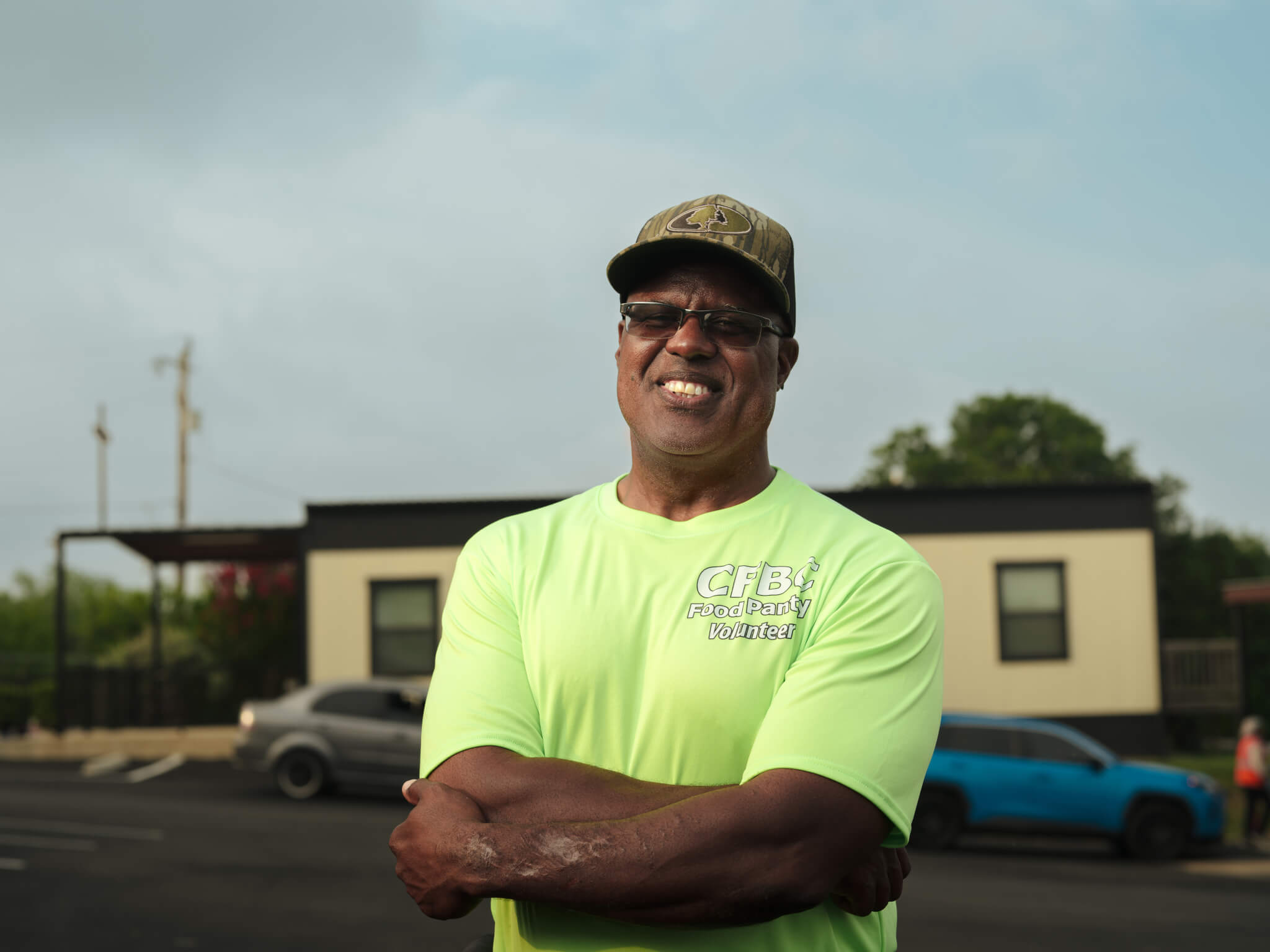
Brother Rob Johnson was noticing a theme in the prayer requests his congregation brought to him.
“Health,” he said. “As I read the prayer requests of the people, many were asking for prayers for their health.”
Of course, he explained, most people didn’t make the connection between their back pain and bad knees and their eating and exercise habits. That perplexed him—until Johnson himself was diagnosed with diabetes.
A former body-builder and Air Force veteran, Johnson wasn’t used to chronic health issues. He and his wife Veronica ate what suited their lifestyle as church planters for nearly 20 years and as they built Christian Family Baptist Church into a thriving ministry.
Once he was diagnosed, the indefatigable Johnson had to watch his diet closely and soon realized how expensive it was to eat healthy. The added expense and change of habits were manageable hassles for Johnson, but he knew that was in part because his stable income gave him choices. In a tighter budget, healthy choices would have evaporated.
This added awareness led him to look more closely at the food being distributed through his far north-westside feeding ministry, Christian Family Baptist Church Community Food Distribution.
“We were handing out a bunch of sugar,” he said.
Relying on donations only, the church had no way to offer more nutritious options to the people they served. Fresh fruit and vegetables are not shelf stable in the way that highly processed foods are, which is why most food donations are higher in sugar and sodium.
Johnson realized that he was seeing a vicious cycle play out before his very eyes: the injuries and illnesses that put people out of work and led them to his feeding ministry were being exacerbated by the same unhealthy foods they were receiving.
Johnson’s not the sort to shrug and let a problem go unaddressed. Maybe it’s his military background, maybe it’s his body-building experience, but he has a knack for optimization.
People needed access to better food, and he knew he was called to help them get it.
He met with their donors to discuss his new plan. He now stocks the food distribution center with healthy food purchased directly from grocery stores, alongside some of the donated food from the San Antonio Food Bank and Daily Bread Ministries. It’s been costly, he said, but worth it.
Right now, the church feeds about 100 families per month, and he feels good knowing that what they are getting is healthy.
But his ultimate plan is even bigger.
Johnson wants to turn CFBC Community Food Distribution into a free grocery store stocked with the same healthy options available at local groceries.
He would continue to purchase the food directly from grocery stores, and customers could come to the distribution center, which would be set up like a store, with coolers lining the walls, produce aisles to walk, and shelves of ordinary pantry goods.
They would be allotted points based on their needs. Was it a stop-gap grocery run so that a family could cover an unexpected bill? A restock after losing a refrigerator-full of food when power was cut? Some supplemental items for a widow while she waits for survivor benefits to kick in? Rather than dollars and cents, people would shop with points.
The grocery store model of food distribution—used by several pantries in San Antonio and many others across the country—has more than one benefit, advocates say. It reduces waste because shoppers aren’t taking home food they don’t know how to cook or quantities beyond what they can eat.
Research also shows that when people are given the chance to make a healthy choice—as opposed to having healthy food foist upon them—they are more likely to stick to that choice.
That second point gets to another of the reasons Johnson thinks the grocery store model is right for his community: dignity.
By the time people come to him, Johnson said, they’ve sold what they could, trimmed all there is to trim out of the budget, and have no other option than to ask for help. Some have delayed the day as long as they can—he’s met more than one person who had gotten to the point of eating their pet’s food while trying to stretch groceries between paychecks. When people show up at the church needing food, Johnson and his team want the process of receiving help to be as uplifting as possible.
They’re seeing themselves in a new light, he explained, and it’s the church’s job to remind them that they are no less dignified and valued than they were when their bank account was full.
“We talk a lot about being humble, but if you’ve just read about other people’s suffering, then this is new,” Johnson said. “You have to hold their hand, pray with them.”
Helping people in this way is not cheap, but Johnson is determined to keep finding donors who will get behind the vision. Johnson has said “no” to grant funding, which would allow him to raise the $4,000/month needed to get the grocery store fully up and running. But he wants his primary focus to be the community, not grantmakers.
He’s taking the slow road, raising funds in the community and accepting donations—which anyone can give by emailing or calling the church. Making an idea like this work is going to require longterm help from his fellow San Antonia’s.
“If the community doesn’t support this, it’s not gonna work,” he said.
He’s offering families in his community a choice. He’s offering us one, too.